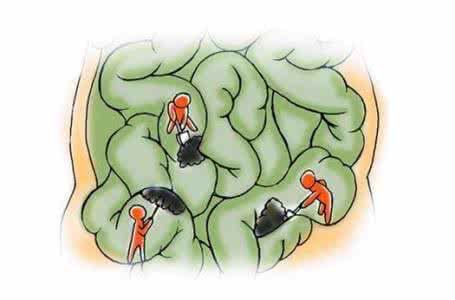How does small intestine benign tumor do?
summary
Nowadays, many bad factors and living habits may lead to people suffering from tumors. So how should people be diagnosed after suffering from benign tumors of the small intestine? Experts say that for patients with benign tumors of the small intestine, diagnostic treatment is the key, so as to develop the correct treatment plan. Therefore, in this article, experts help us to introduce how to diagnose and treat small intestinal benign tumors.
How does small intestine benign tumor do?
Jejunal and ileal tumors account for 1% - 5% of gastrointestinal tumors. They are mainly benign, including leiomyoma, lipoma, neurofibroma and fibroma, all of which may cause symptoms and require surgery. Polyps can be seen in the small intestine, but more often in the colon. 55% of hemangioma cases in the small intestine are multicentric.

Hereditary hemorrhagic telangiectasia is a congenital progressive disease with the tendency to form dilated endothelial space. Hemangioma can cause bleeding or intussusception. Vascular dysplasia or arteriovenous malformation is a consequence of aging, which is more common in the distal end of the small intestine or cecum.

Enteroscopy can be used to detect duodenal and proximal jejunal tumors and biopsy, and can coagulate jejunal bleeding lesions. Arteriography or technetium nuclide scanning of the bleeding site may help to locate the bleeding point. Enema can detect and identify the mass lesions of the small intestine. If the surgeon has to perform the operation without knowing the bleeding site, small intestine transillumination or intraoperative endoscopy may help to determine the injury site of the small intestine. In endoscopy or surgery, electrocautery, cauterization or laser light therapy can be used as an alternative to surgical resection.

matters needing attention
The above content is how the experts introduced to us the diagnosis and treatment of small intestinal benign tumor. We also ask the patients to understand the diagnosis first, then we can treat according to the diagnosis, so as to control the disease in time.














